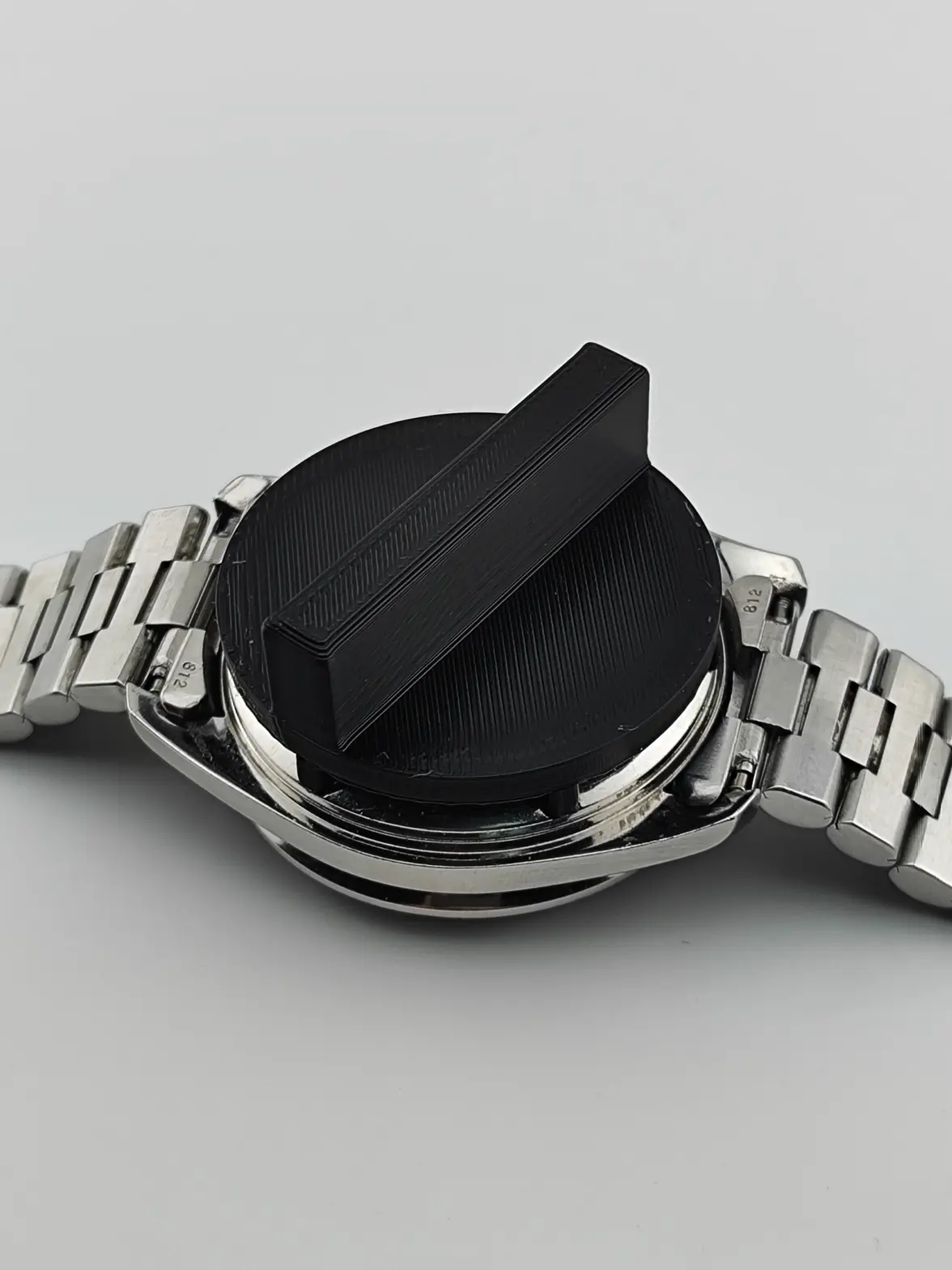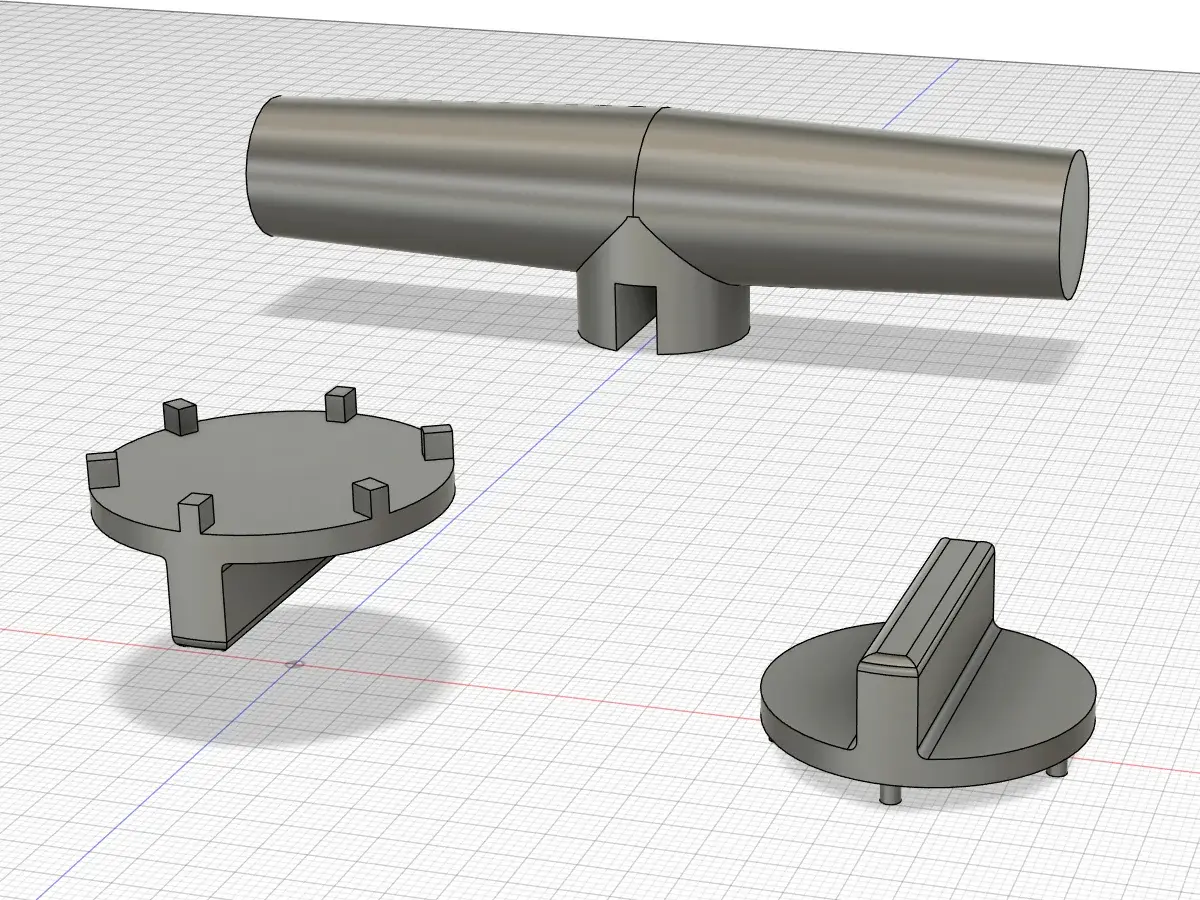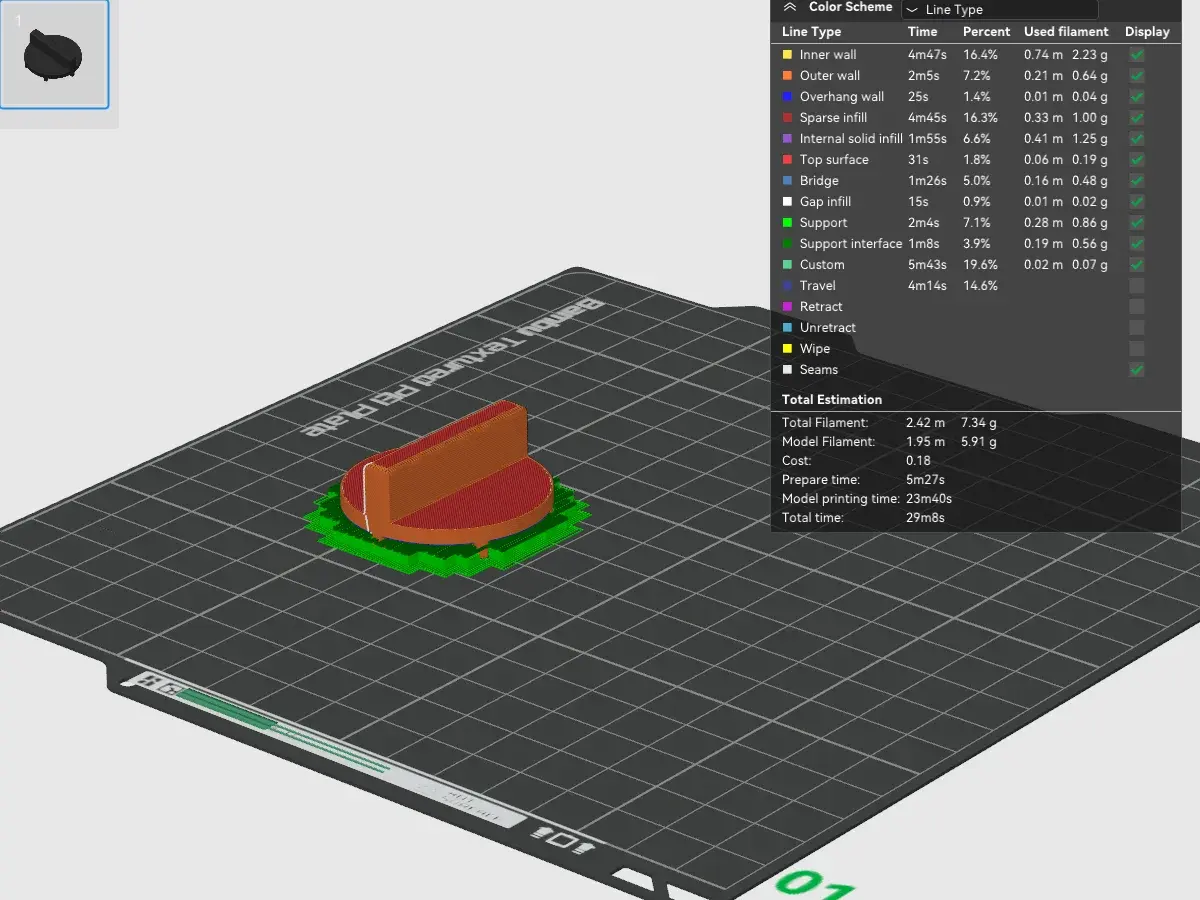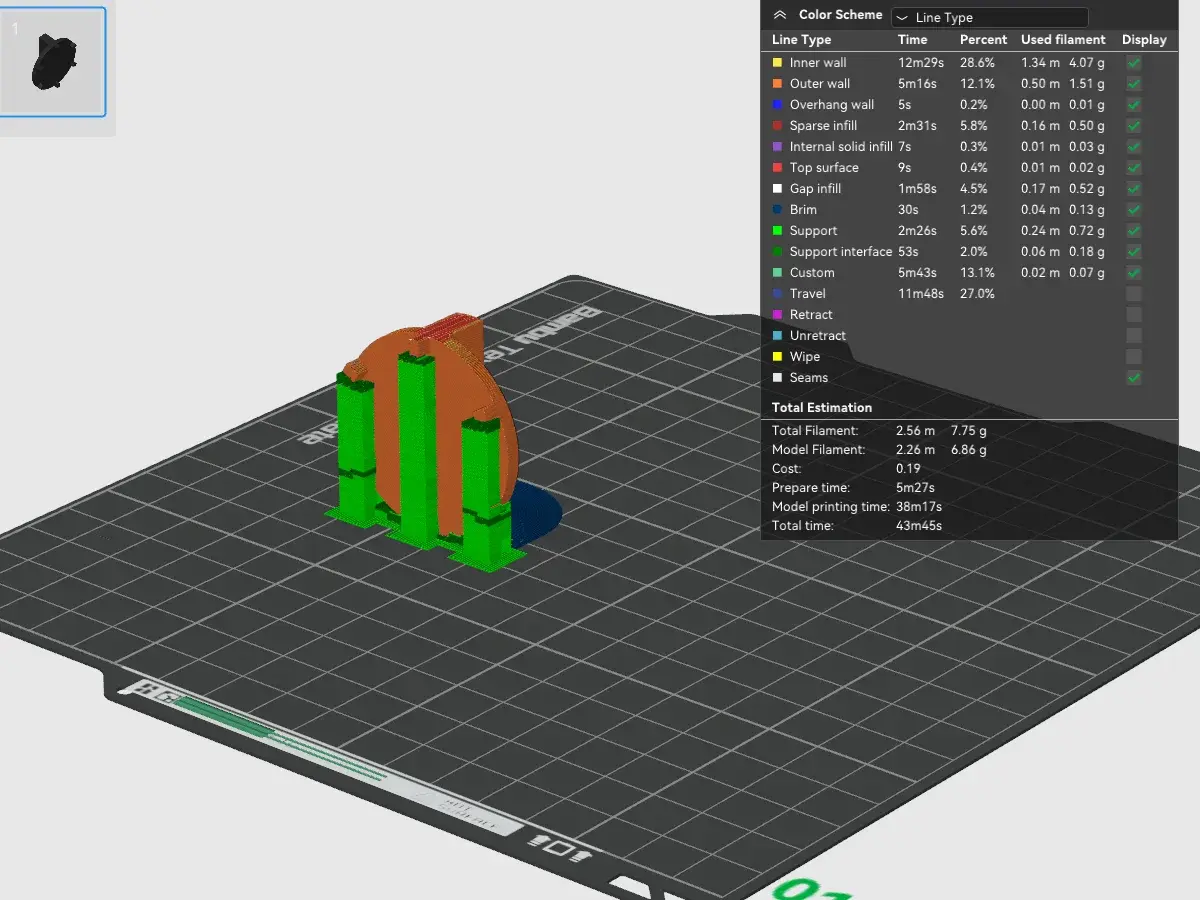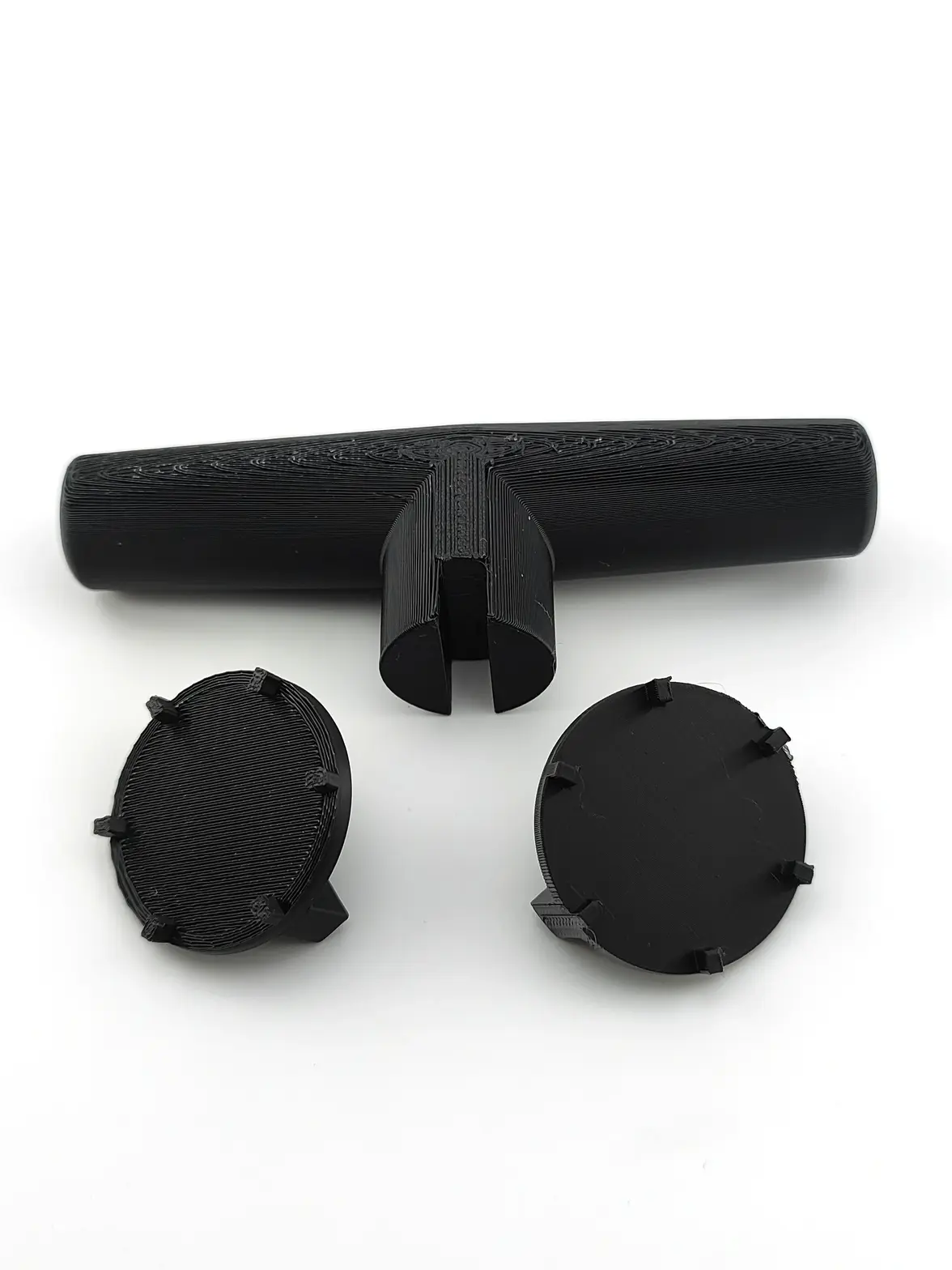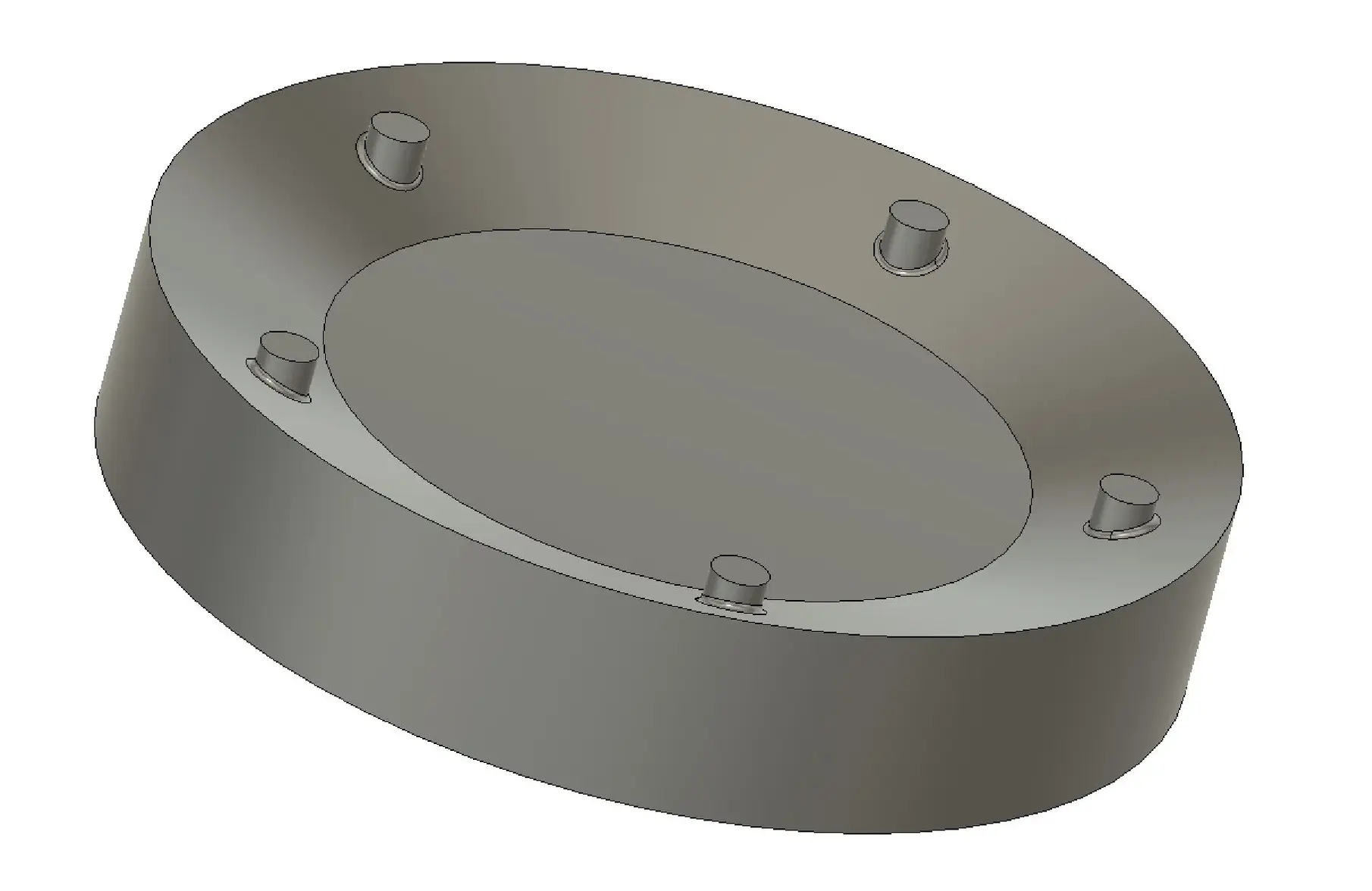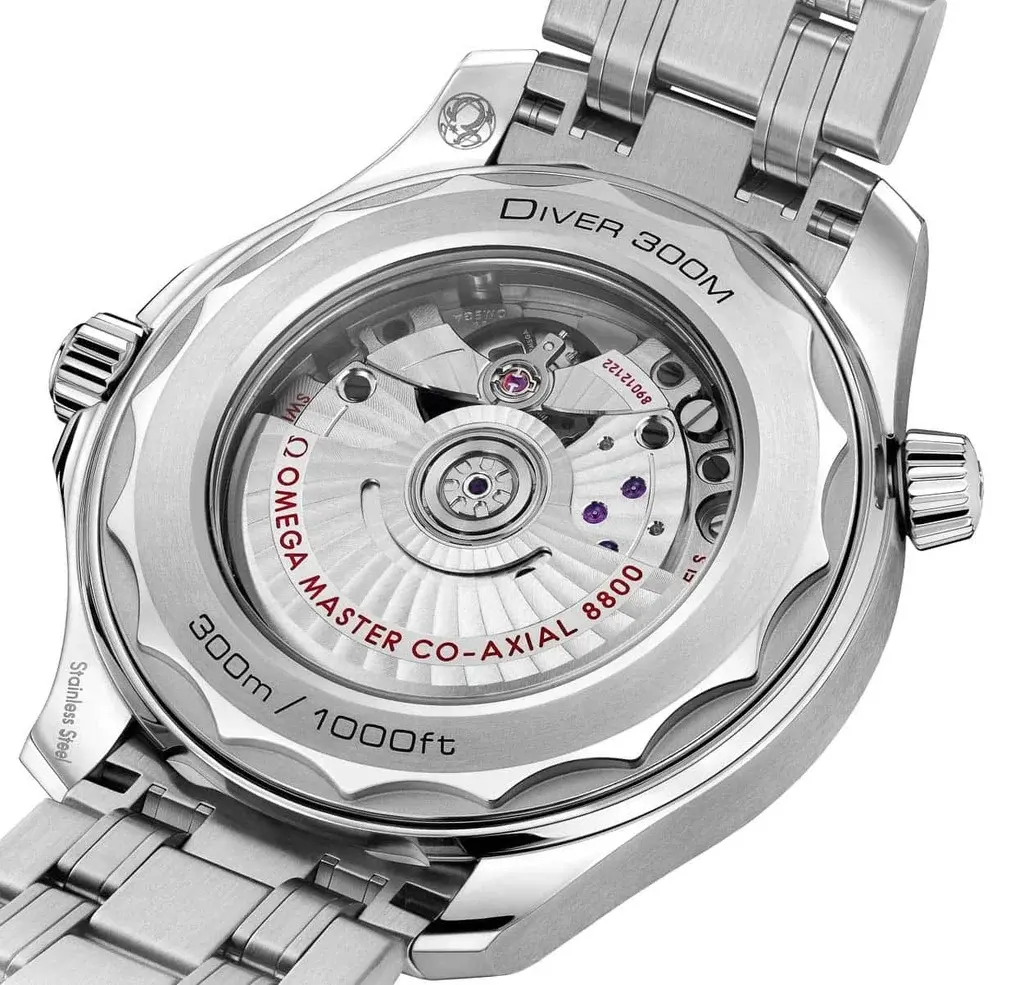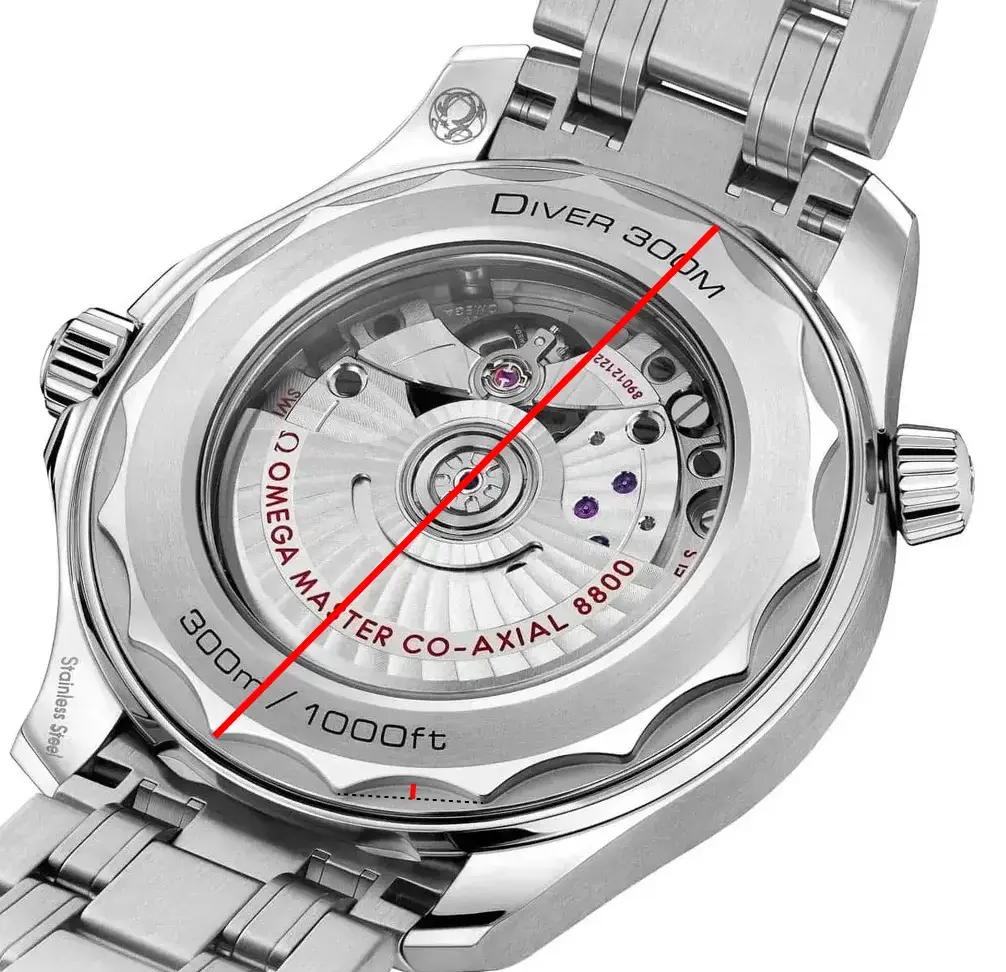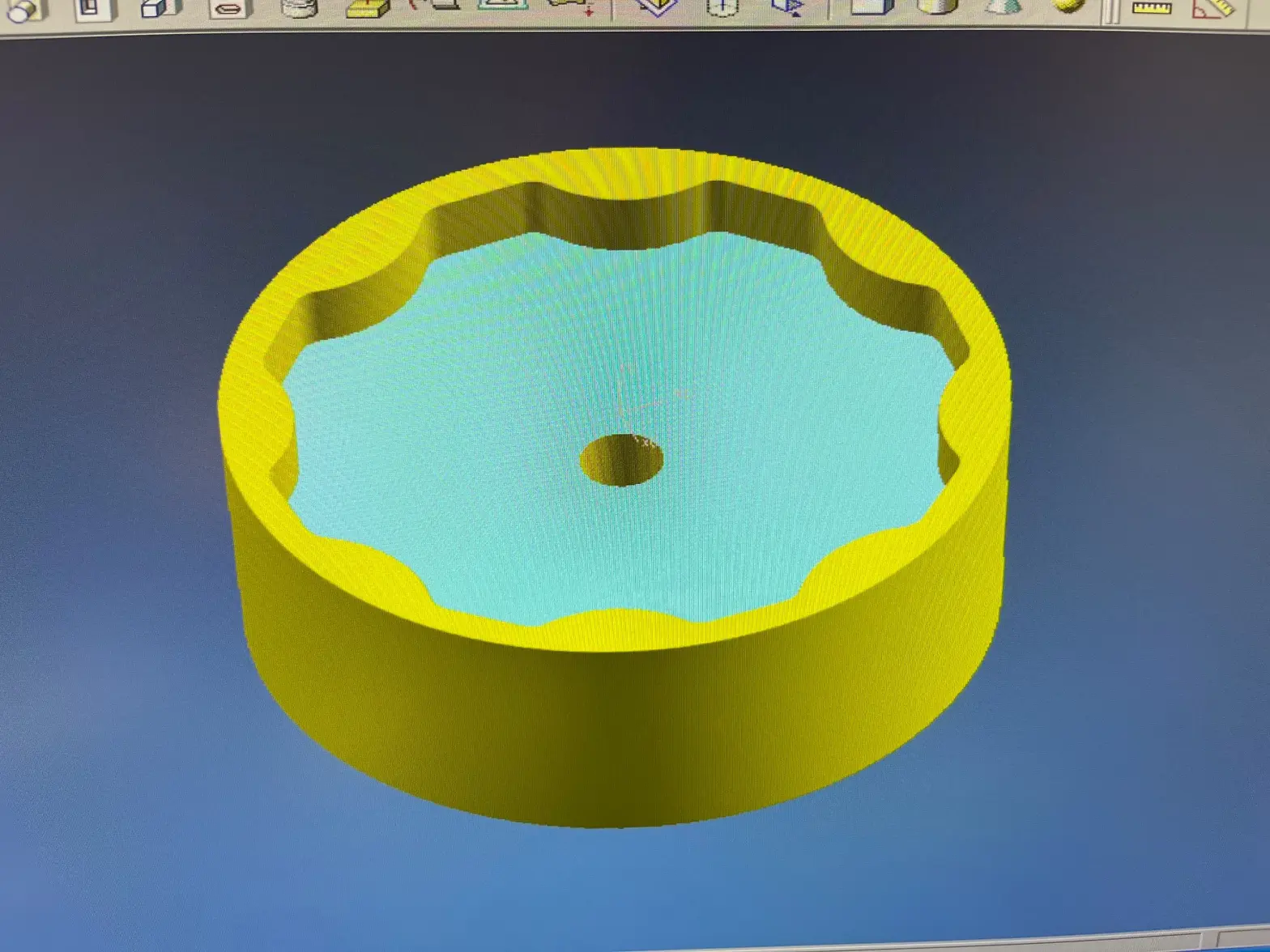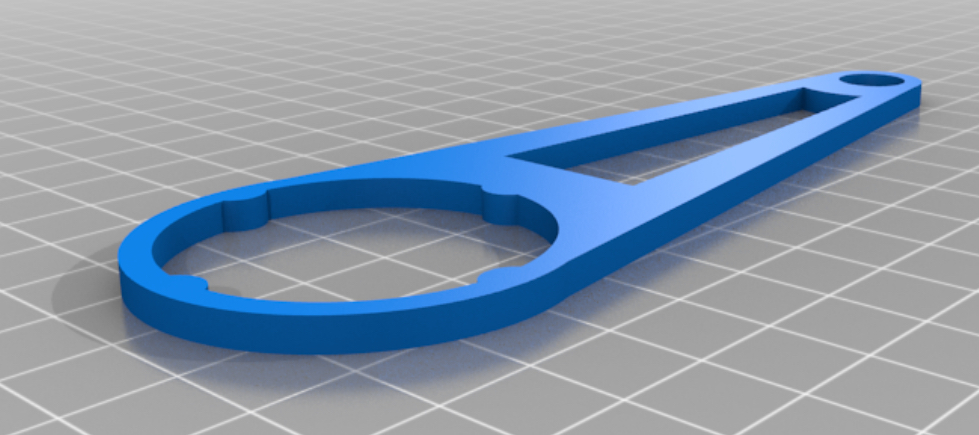GuiltyGear
·Hi all. A while ago I posted sketches for 3D printed case openers. Now I have access to a 3D printer and could make some proper tests. Decided to make a new thread so this post wouldn't be buried in there.
The results were better than I was expecting, but please read on for more details.
This design is usable both as standalone openers, or paired with a lever for added mechanical advantage. I could have quite a few of these for different styles of case backs and reuse that same lever. A screen from Fusion 360 below: on the left the opener for the Speedy, while on the right a 5 prong Seamaster 120m 36mm. The later was mostly as a stress test, as those prongs are quite thin.
I'm using a Bambulab A1 Mini with eSun PLA+. Ended up using a 0.15mm layer height, 5 wall loops, 30% honeycomb infill, and 50% infill/wall overlap. The infill doesn't matter much, but the wall loops do provide strength. Layer height should also make it denser and in theory add a bit to the strength. The rest are default settings.
Also tried printing it horizontally (first image below) and vertically (second image). A vertical print is a lot stronger. The Speedmaster opener is sturdy enough even on a horizontal print, but for the thin prongs of the Seamaster opener it made a world of a difference. Hard to quantify without proper measurement tools, but I would say I could rotate it with twice the force before it broke. The downside is the considerable print time it adds and the prongs may end up a bit crooked. Some filing may be needed afterwards to even make it fit, which sucks.
A beauty shot of the horizontal print (left), vertical print (right) and the lever.
Is it worth it? For the Speedmaster I'd say it's totally worth it. Even with a horizontal print, I was able to open a case that was closed tight with a Horotec two prong tool. And with tight I mean closed as hard as I could comfortably go without worrying it will slip. I managed to break the prongs by putting a lot of force with the lever and it was twice as hard with a vertical print. Of course, if it's closed with a Bergeon 5700 style of tool, the 3D print is absolutely no match. On the other hand the ball is no match to the 3D print, so I'll be printing a couple of these to have around.
For the smaller prongs, like the cylindrical ones on the Seamaster opener, it's mixed. They break easier than those on the Speedmaster, but will also open cases that are too tight for the ball. I'll also be printing a couple to have around, but I know that I'll be "afraid" they'll break and just end up using the Horotec tool.
As a summary, for bigger prongs the 3D printed case opener is a viable solution. At least using basic PLA. Some tests will be needed with PETG as it's more ductile. I only imagine the possibilities with exotic filaments, but this will have to do for now.
The results were better than I was expecting, but please read on for more details.
This design is usable both as standalone openers, or paired with a lever for added mechanical advantage. I could have quite a few of these for different styles of case backs and reuse that same lever. A screen from Fusion 360 below: on the left the opener for the Speedy, while on the right a 5 prong Seamaster 120m 36mm. The later was mostly as a stress test, as those prongs are quite thin.
I'm using a Bambulab A1 Mini with eSun PLA+. Ended up using a 0.15mm layer height, 5 wall loops, 30% honeycomb infill, and 50% infill/wall overlap. The infill doesn't matter much, but the wall loops do provide strength. Layer height should also make it denser and in theory add a bit to the strength. The rest are default settings.
Also tried printing it horizontally (first image below) and vertically (second image). A vertical print is a lot stronger. The Speedmaster opener is sturdy enough even on a horizontal print, but for the thin prongs of the Seamaster opener it made a world of a difference. Hard to quantify without proper measurement tools, but I would say I could rotate it with twice the force before it broke. The downside is the considerable print time it adds and the prongs may end up a bit crooked. Some filing may be needed afterwards to even make it fit, which sucks.
A beauty shot of the horizontal print (left), vertical print (right) and the lever.
Is it worth it? For the Speedmaster I'd say it's totally worth it. Even with a horizontal print, I was able to open a case that was closed tight with a Horotec two prong tool. And with tight I mean closed as hard as I could comfortably go without worrying it will slip. I managed to break the prongs by putting a lot of force with the lever and it was twice as hard with a vertical print. Of course, if it's closed with a Bergeon 5700 style of tool, the 3D print is absolutely no match. On the other hand the ball is no match to the 3D print, so I'll be printing a couple of these to have around.
For the smaller prongs, like the cylindrical ones on the Seamaster opener, it's mixed. They break easier than those on the Speedmaster, but will also open cases that are too tight for the ball. I'll also be printing a couple to have around, but I know that I'll be "afraid" they'll break and just end up using the Horotec tool.
As a summary, for bigger prongs the 3D printed case opener is a viable solution. At least using basic PLA. Some tests will be needed with PETG as it's more ductile. I only imagine the possibilities with exotic filaments, but this will have to do for now.
